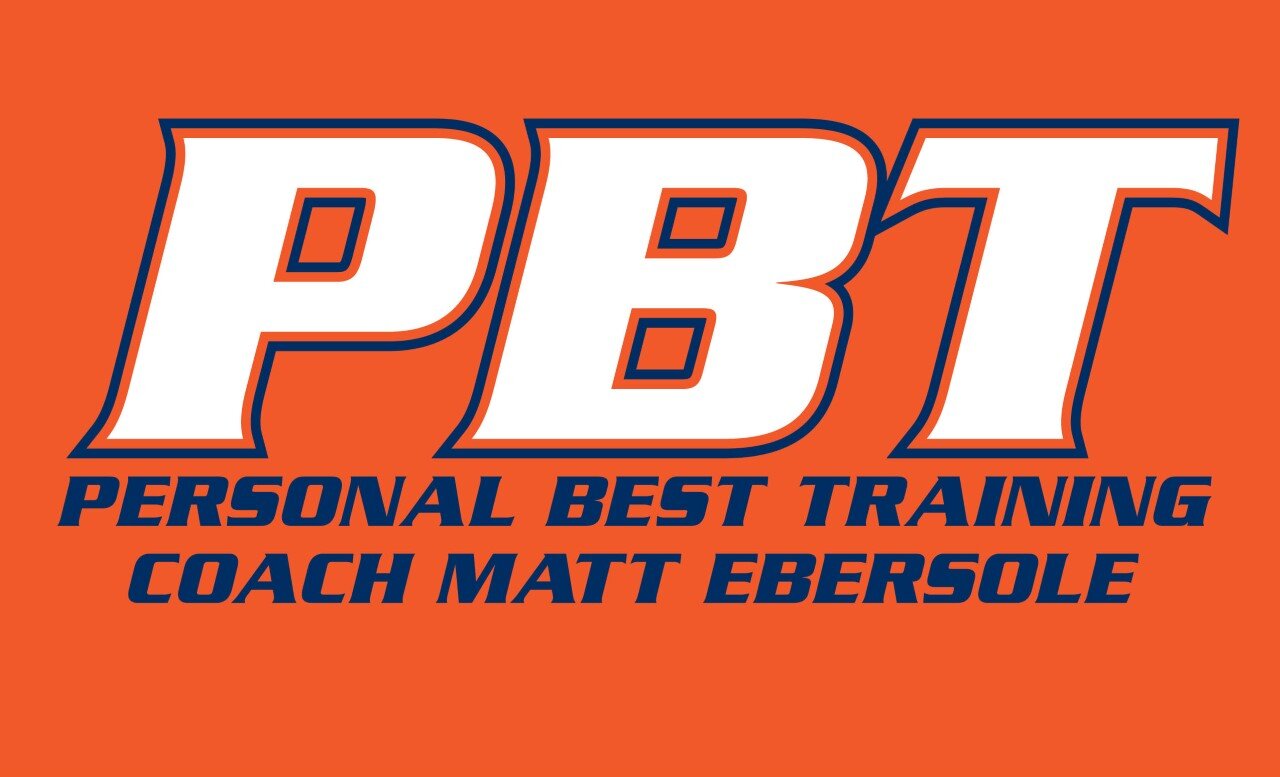The Indianapolis Monumental Marathon is launching training for the November 1 marathon, half marathon and 5K with the classic track distance, the mile run, on Thursday night, June 5th. The IMM Mile will be run straight down Meridian Street finishing at Monument Circle. For some this is a chance to return to the first distance they ever raced, for others a chance to try the other end of the spectrum they may have never experienced. If you have never raced the mile or it has been longer than you care to recall here are a few things you can add to your training to have you better prepared to find an extra gear or two to color the mile golden.
Aerobic Intervals
These are the best ever workouts because you get to run fast, impress passersby, and feel good doing it. A great way to do this is to run a pace you could maintain at an all-out effort for a half to full mile but for only 20 or 30 seconds. Before you leave the comfort of aerobic running crossing into the anaerobic world of borrowed time you get to stop and jog for twice the duration and get fully recovered. Does this sound too good to be true or at least to good to be beneficial? This fun workout fires up your neuromuscular system recruiting fast twitch fibers and raises the knees and lengthens the stride overcoming the biomechanically harmful effects of slow running. All with a smile on your face! This is also a great gateway workout to faster and less fun but equally beneficial workouts.
Anaerobic Intervals
This is what gives running a bad reputation. There is little smiling going on during these workouts. You may have flashbacks to middle school track but the reason these workouts are still being run is very simple – they work. You can go longer or shorter but a typical distance is 400 meters (quarter mile or the proverbial one lap of your high school track). Run 6 to 12 of these with a 200 meter recovery jog. The recovery will probably be close to the same time you spent running twice as far (there is no extra credit for being the fastest jogger!). This helps you learn to buffer and run through a shocking accumulation of lactic acid and lowers the energy cost of running race pace. A little of this kind of work goes a long way.
Hill Repeats
Running uphill at a reasonable speed has a way of taxing your legs and lungs equally, much like a mile race. In the marathon the legs will always go before the lungs. In the mile and with hill repeats they both waive the white flag at the same time. There is no more specific strength training to running than running uphill. If you find the right hill (not too steep) you can also recover at the top and run down much faster than you would on flat ground firing fast twitch fibers and increasing stride length and frequency.
Time Trials
If this is a new distance or a return to the distance of yesteryear, it is a good idea to practice racing a mile. There is not much margin for error or time to work into race pace. Learning how to run a 4 lap race is surprisingly challenging because there is no recovery once you have wandered too far over the red line in such a short distance. A good way to approach the mile is think of the first quarter as fast but controlled and you are looking for even splits and if things go well the last lap will be the fastest. By lap two there is recognition that this distance is serious business and focus is required on the current quarter and not how far you have to go. Ironically, the third quarter is closer to the finish but it feels further away than either of the first two quarters. This is the quarter where the race is often lost. You almost have to run this 3rd quarter as if it is the last to prevent the pace from slowing too much. On the 4th quarter it is important to be able to measure the remaining fuel and make sure you have enough to finish, but with a dry tank. It takes some faith and experience but usually there is a little more left than expected because any oxygen debt incurred over the closing stages of the mile does not have to be repaid until the race is over. If you go into the same debt during the first 3 quarters of the race you will pay the gorilla riding along on your back long before the finish. For reference the world record mile splits are 55.6, 56.0, 56.3, 55.2 = 3:43.14. Even pacing seemed to work well for Hicham El Guerrouj that day in 1999.
But I’m a Marathoner
Keep in mind there are reciprocal training benefits of this type of running and longer distances. The higher you raise the limits on your speed and economy, benefits of mile training, the faster your longer training will be and the easier those race paces will become. Improving the volume and duration of your running will also allow you do the more quality training. It is a pretty simple concept that the better runner you become the better marathoner you can be.
Join us on June 5th
If you are looking to take on a new challenge or just an interesting way to kick off training for a great fall consider yourself invited to join us on June 5th for the Inaugural Monumental Mile and the fun and festive atmosphere of the event. Imagine how much fun an after party can be after a one mile race instead of after a fatiguing half or marathon. Did I mention live TV?

